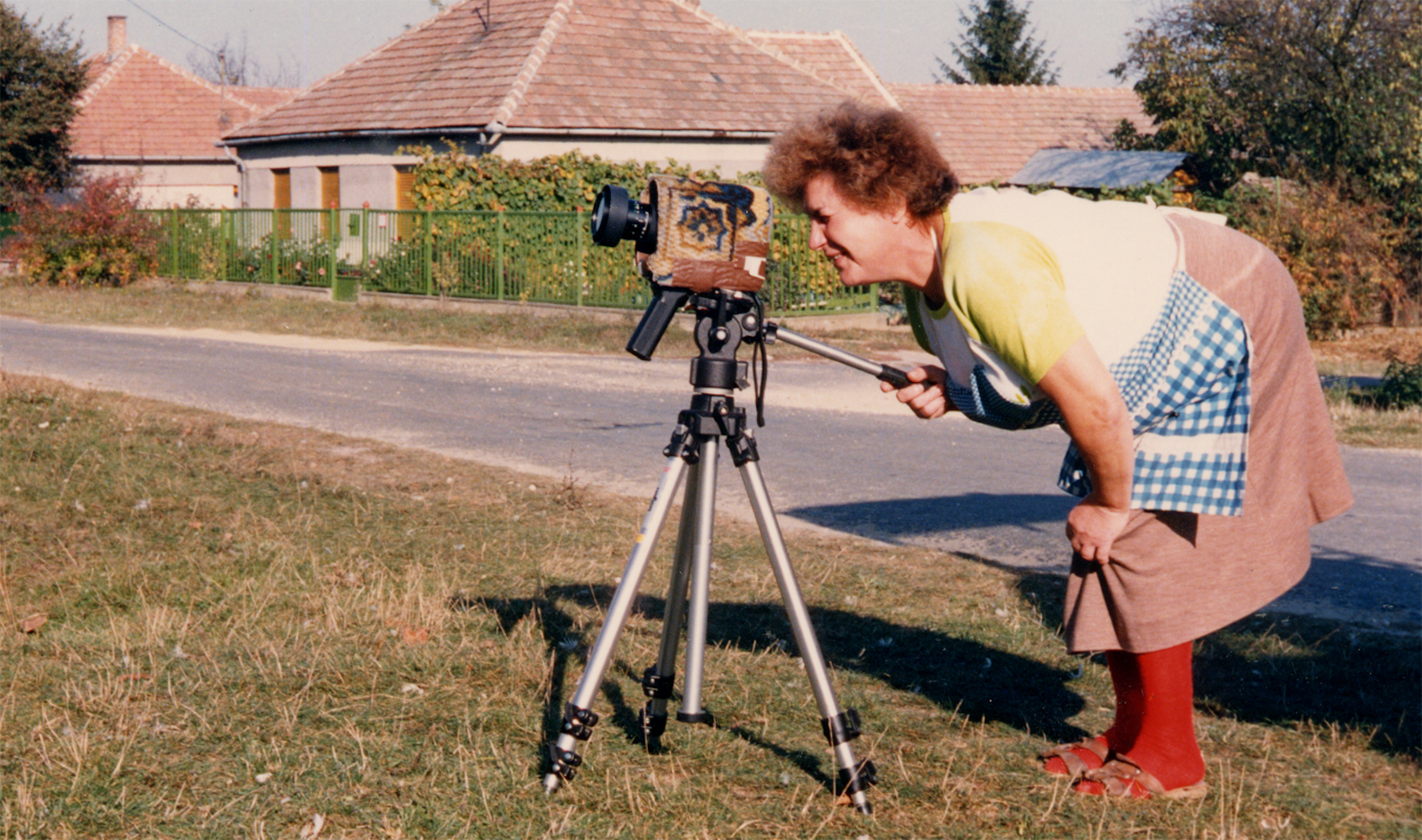For Christmas in 1988, Sadie Benning got a video camera. This is just the kind of gift that Benning, a multimedia artist, would expect from their father, the famed experimental filmmaker James Benning. It was a Fisher-Price PXL2000, or Pixelvision, a black and white camera that operated on AA batteries and recorded on cassette tapes. With it, Benning began a creative path as a teenager that took cues from their father’s work but was unmistakably original. In early shorts like “If Every Girl Had a Diary” and “Jollies,” both from 1990, they confide in the Pixelvision as if it’s a journal — venting their frustrations at feeling like an outsider because of their queerness in the former and recounting crushes and sexual encounters in the latter. The shorts are lo-fi antecedents to modern social media sharing culture as Benning speaks directly to the camera and zeroes in on drawings and personal belongings.
“If Every Girl Had a Diary” and “Jollies” are part of the Museum of the Moving Image’s screening series Personal Belongings: First-Person Documentary Cinema in the 1990s. This distinct vein of nonfiction cinema gained popularity in the late 1980s and early ’90s. Just as increased access to cheap filmmaking equipment had empowered a boom in American independent cinema, a wave of directors turned cameras on themselves and their families, utilizing documentary as a mode of confession and self-reflection. The series title comes from Steven Bognar’s Personal Belongings (1996), in which Bognar follows his father as he returns to Hungary nearly 40 years after fleeing the country. The film, whose recent restoration will be premiering as part of the program, acts as both a record of the journey and a way for Bognar to coax his father to open up about his past.

Benning’s works will be screening alongside Tom Joslin and Peter Friedman’s 1993 film Silverlake Life: The View from Here (which Hyperallergic has previously explored in depth). It is Joslin’s video diary of the last year of his life as he succumbed to AIDS, completed after his death by Friedman. At a time when public hysteria and fearmongering about the epidemic ran rampant and the US government refused to act, Silverlake Life was Joslin’s simple but powerful way to assert his own humanity.
Silverlake Life and Benning’s shorts are not the only films in the program that overlap with another major movement of the time, New Queer Cinema. As film production became more attainable, many marginalized people now had the means to take control of their own portrayals in this medium. Jan Oxenberg took such self-portraiture in a supremely playful direction with Thank You and Good Night (1991), in which she pays tribute to her recently deceased grandmother by combining video footage of the family matriarch with deliberately artificial, cardboard-prop-filled scenes about her life.
But no title in Personal Belongings may represent this movement better than Marlon Riggs’s Tongues Untied (1989), an epic look at the lives of Black gay men at the end of the 1980s. Riggs’s AIDS diagnosis fueled in him a furious creative passion that suffused the films he made toward the end of his life, and he freely courted ire from conservatives with the frankness of his vision. The proliferation of video equipment turned the whole world into filmmakers, and these “first-person” works illustrate some of the tremendous artistry that such access can engender.


Personal Belongings: First-Person Documentary Cinema in the 1990s runs at the Museum of the Moving Image (36-01 35th Avenue, Astoria, Queens) from September 20 to 29.

